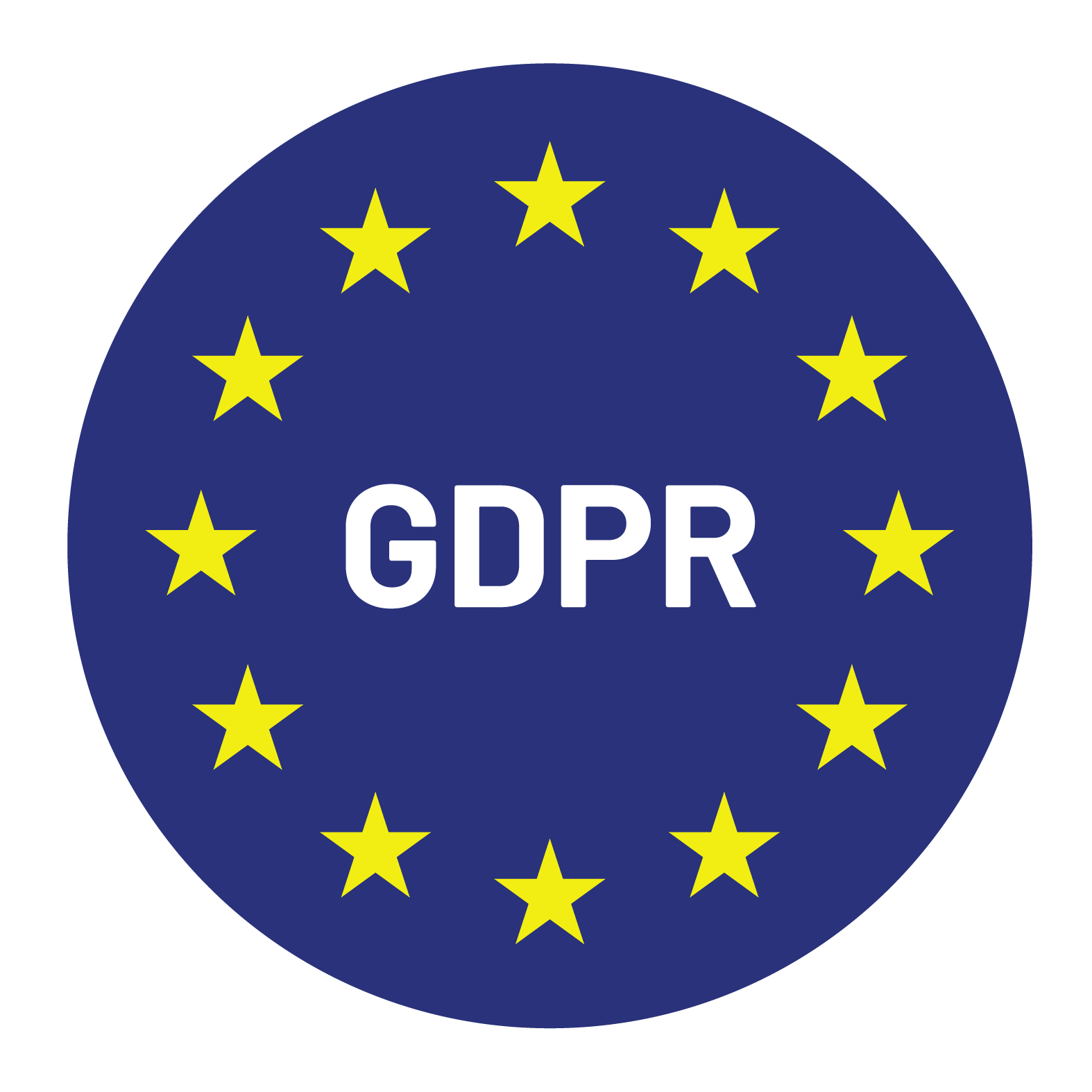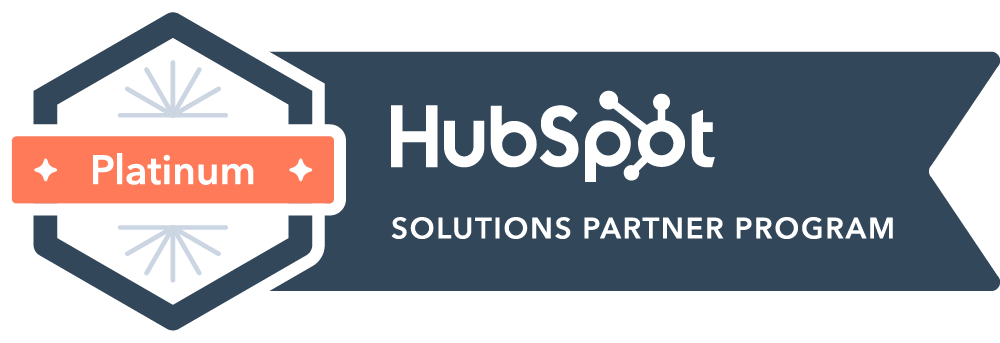

Content Writer for Whistle with multidisciplinary experience spanning over a decade.
Sales teams are under increasing pressure to adopt AI, particularly in outbound sales. The promise is clear: automate more, reduce manual work, and generate results at scale. But for many teams, the early outcomes have been underwhelming. Sequences run, messages go out, and dashboards fill with activity, yet the number of qualified conversations remains low.
The problem is not that AI lacks potential. It is that most teams bring it into a process that is either unclear, poorly managed, or disconnected from real buyer behavior. Automation without structure does not create efficiency. It amplifies whatever is already in place, for better or worse.
AI can support outbound sales, but only when it is used with precision and purpose. Before the tools can be effective, the fundamentals need to be established. That includes strategy, messaging, team alignment, and expectations around what success should look like.
It’s easy to fall for the promise of automation. The idea of scaling outreach with a few clicks is tempting. But for most outbound teams, using AI without a proper outbound strategy is like handing a self-driving car the wrong directions. It moves, but not where you need it to.
The first issue is a lack of a clear outbound structure. Too often, AI gets introduced before the fundamentals are solid. If your sales team isn’t aligned on target segments, messaging, qualification criteria, and next steps, no amount of AI will make up for it. The tool ends up filling the pipeline with irrelevant leads or rushing conversations that aren’t ready to happen.
Second, automation gets mistaken for personalization. Teams let AI send messages that sound smart but feel off. They’re technically tailored but emotionally tone-deaf. Buyers know the difference. And if you’re relying on surface-level customization instead of real insight, response rates will suffer.
Finally, there’s a basic misunderstanding of what AI can and cannot do in sales. AI can analyze patterns, synthesize data, and produce content. It cannot replace sound strategy, good judgment, or emotional intelligence. Sales still requires human thinking. The tech is an aid, not an answer.
The biggest mistake? Assuming AI will run outbound on its own. No AI tool is a replacement for thoughtful targeting, solid messaging, and disciplined follow-up. When AI is left to operate without oversight, quality drops. Fast.
Sales leaders often assume that once the tools are connected, the results will come. But if no one’s reviewing performance, adjusting inputs, or calibrating tone, the machine ends up working against you. Set-and-forget is not a strategy. It’s a shortcut to irrelevance.
AI can write fast. That doesn’t mean it writes well. Many tools scrape data points like job titles or recent funding and plug them into templated emails. The result feels robotic, even when the structure is technically personalized.
Buyers want relevance, not just recognition. The best-performing outbound messages speak directly to real business problems. They’re based on insight, not just information. AI can help generate those messages, but only if you feed it the right context.
Another growing trend is using AI sales agents to conduct outreach. These tools are improving quickly, but they still require guardrails. If your AI agent doesn’t understand tone, cadence, objection handling, or qualification logic, it will create confusion instead of momentum.
AI agents need training just like new reps do. They need to be tested, refined, and monitored. Without that, they’ll generate meetings that go nowhere or conversations that turn prospects off entirely.
There’s also a mismatch between what AI tools are built to do and what sales teams expect them to deliver. Some tools are better for prospecting. Others are built for call summarization or pipeline analytics. If you’re using a prospecting tool to qualify leads or a writing assistant to manage deal strategy, it won’t go well.
Good AI usage starts with clear sales goals. Once you know what you’re trying to achieve, it becomes easier to choose and configure tools to support that objective.
You can’t improve what you’re not measuring. Before implementing AI into outbound, define what success looks like. Are you trying to increase response rates? Speed up qualification? Improve personalization? Use clear KPIs to track how AI contributes to each outcome. That’s the only way to tell if it’s working.
Treat AI like any new sales hire; it needs a job description, targets, and regular performance reviews.
Even the best tools will underperform if no one knows how to use them. Train your sales team on the AI tools you introduce. Not just how to press the buttons, but how to think about their role in the workflow.
Your reps need to understand where AI adds value, when to step in, and how to review what’s coming out of the system. This keeps quality high and builds trust in the process.
AI should help reps spend more time selling, not remove them from the process entirely. Use it to reduce admin, organize insights, and generate starting points, not to have full conversations or pitch cold.
The goal isn’t full automation. It’s smarter execution. If a tool helps your team be more thoughtful, more prepared, and more effective in each interaction, it’s working. If it’s trying to do the job for them, it’s not.
Personalization starts with segmentation. Use AI to surface trends and patterns in your prospect data. Then build messaging and cadences that reflect those insights. This allows you to personalize at scale, not just by inserting first names, but by speaking to relevant pain, priorities, and context.
The difference between a generic outbound sequence and a thoughtful one is not time. It’s structure. AI can help you structure smarter, if you’re guiding it properly.
The market is crowded, but a few tools are gaining traction with outbound teams that care about quality. For prospecting, tools like Clay, Apollo, and Warmly can help with segmentation and enrichment. For email generation and testing, Regie.ai and Lavender offer structured outputs that are easy to edit and improve.
For teams using AI agents, products like ChatShape or Humantic are building more intelligent outreach flows that mimic human interaction more effectively, though still with limits.
The most useful application of AI in outbound calling is note-taking and summarization. Tools like Gong and Fireflies can capture the content of a call, identify themes, and surface key takeaways. This saves reps’ time and helps managers coach more effectively.
Some teams are experimenting with AI-assisted call prep, feeding AI the prospect’s profile and previous interactions to generate a 60-second prep summary. It’s not perfect, but it helps newer reps enter conversations more confidently.
If AI lives outside your existing systems, it becomes harder to manage and scale. Integrate your AI tools into your CRM and outreach platforms. This ensures data flows cleanly, automation is tracked, and reps aren’t switching between too many tools to do their job.
Look for tools with strong APIs or those that plug natively into your sales stack. Simplicity drives adoption.
Use AI not just to automate, but to analyze. Tools that surface insights from email engagement, call recordings, and pipeline trends can help you refine your strategy over time.
Review what’s working and what isn’t. Pay attention to lead quality, meeting outcomes, and deal progression. AI can show you patterns you might otherwise miss. But someone on your team still needs to look at the data and make informed decisions.
AI is not a silver bullet. But with the right structure, tools, and training, it can improve outbound sales performance. The key is clarity. You need a defined strategy, realistic expectations, and a disciplined process for managing both your people and your tools.
Outbound sales only work when the pieces work together. That includes the human side. AI can support reps, sharpen outreach, and remove friction, but it can’t replace the thinking, learning, and accountability that drive consistent results.
At Whistle, we work with outbound teams that care about quality. We help companies build structure around their sales process, integrate tools that make sense, and train reps to perform at a higher level. If your outbound machine requires a reset, or you’re thinking through how AI fits into your sales workflow, we’re happy to share what’s working and what’s not.
Let’s get outbound right, with the right tools, for the right reasons, used the right way.


© Copyright – Whistle 2023